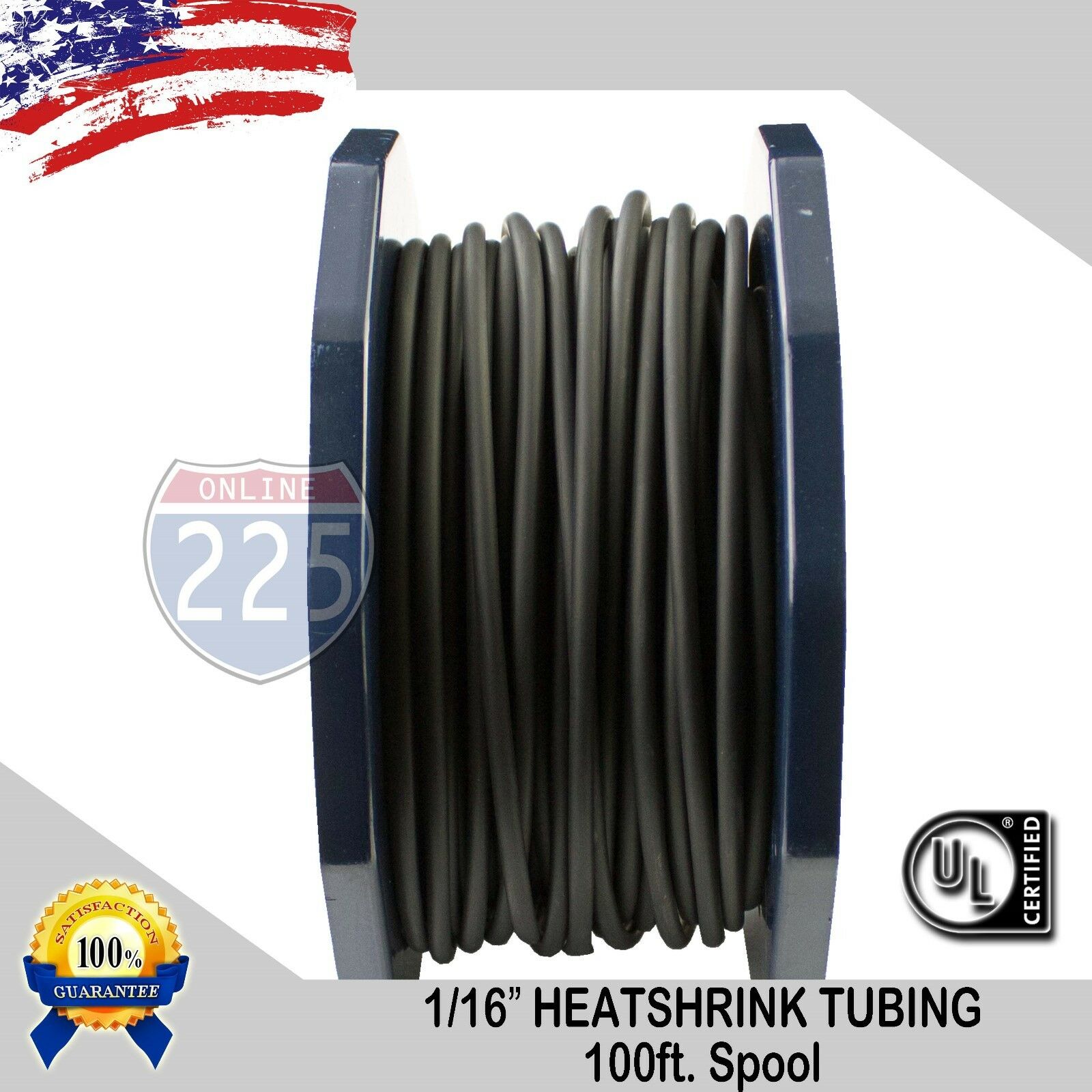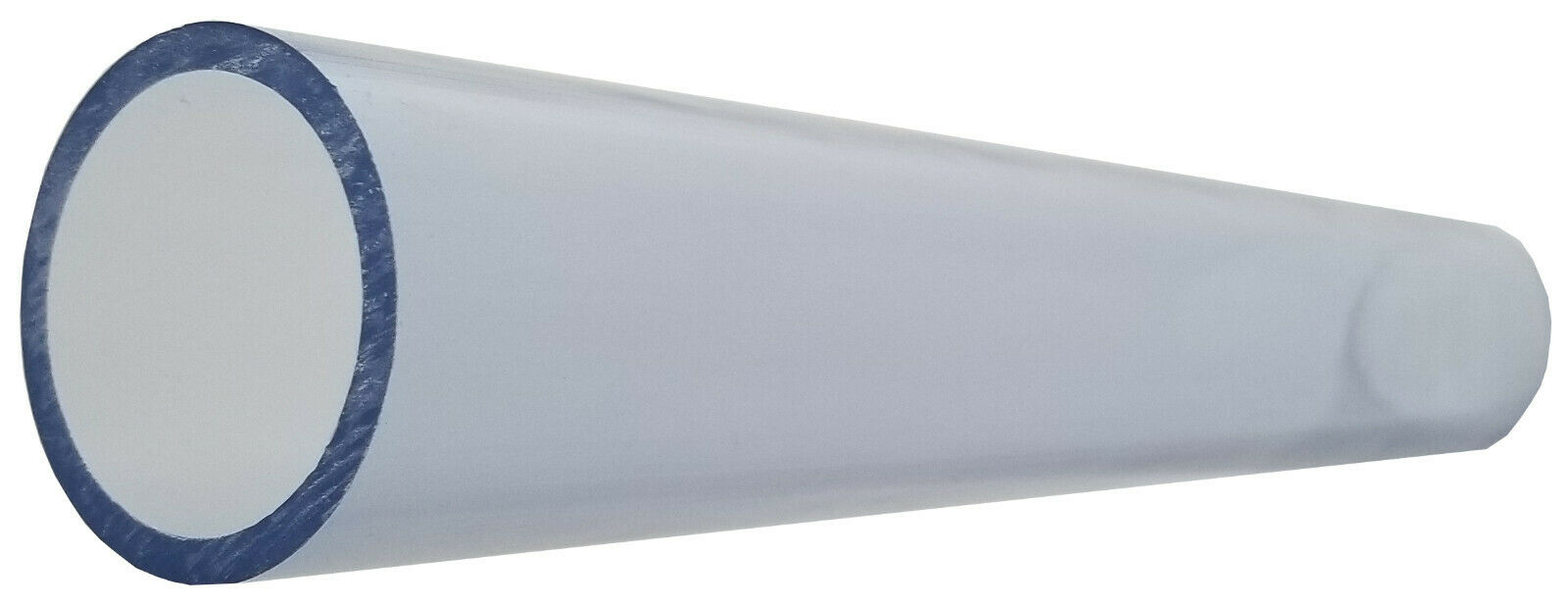-40%
20+ FRESH Farfugium Japonicum Giganteum / Leopard Plant Seeds VERY LARGE LEAVES
$ 5.27
- Description
- Size Guide
Description
You are buying 20+ FRESH Farfugium Japonicum Giganteum / Leopard Plant SeedsVERY LARGE LEAVES
It is among the prized shade garden foliage plants, with more resplendent foliage than any woodland wildflower.
Seeds have just been carefully harvested after flowering and pollination during January 2022.
Culture
Winter hardy to USDA Zones 7-10. Containers should be placed in part shade to almost full shade locations with protection from strong winds. Foliage will wilt in too much sun.
It manages to produce a tall flower stalk that surprises you as being a member of the daisy family. This perennial is native to the forests and moist slopes across Japan and southern China. It develops rhizome roots and its foliage remains evergreen as long as winter temperatures do not drop below 20 F (-6 C). It becomes a loosely clumping, mounded plant with a basal rosette of leaves.
When grown for foliage effect, some gardeners will remove the flowering stalks as they appear before bloom in order to emphasize the foliage quality. In areas where plants are winter hardy, they are best grown in humusy, organically rich, medium moisture soils in part shade to full shade. They prefer moist soils that never dry out, but tolerate less moisture than many of the related ligularias. Plants generally benefit from regular, deep watering in hot summers.
Noteworthy Characteristics
Farfugium japonicum
, synonymous with and formerly known as
Ligularia tussilaginea
and
Ligularia kaempferi
, is a clump-forming perennial that is grown in gardens as much for its attractive foliage as for its autumn flowers. It is native to moist meadows and stream banks in Japan and eastern Asia. Its best ornamental feature may be the foliage which consists of huge, long-stalked, glossy, leathery, kidney-shaped, dark green leaves (12” or more across) that form a basal clump to 2’ tall. Leaves are evergreen in warm winter climates, but will die to the ground when temperatures fall to 20 degrees F. Daisy-like, yellow flowers (1-2” across) bloom in loose corymbs atop thick, mostly leafless stalks that rise above the foliage to 30” in late summer to fall. Var.
giganteum
is very similar to the species except its leaves are larger (to 18” across).




















